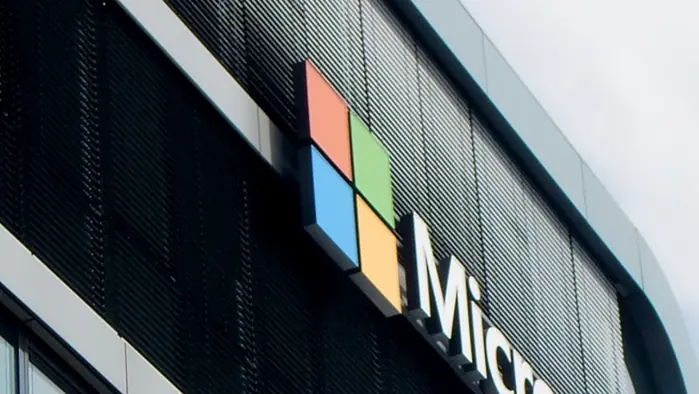Microsoft wants to let you dub videos using your own voice in your own language, new patent reveals
A much better alternative than YouTube's "Aloud" dubbing tool?
2 min. read
Published on
Read our disclosure page to find out how can you help MSPoweruser sustain the editorial team Read more
Key notes
- Microsoft files a new patent for dubbing tool.
- It can use your own voice and even speak in your own language.
- The company argues that “traditional dubbing process is very costly and time consuming.”

We’ve got tons of AI tools and features coming out. YouTube has previously rolled out an AI-powered Aloud tool to dub whatever you’re watching and have it spoken in other languages, and now, Microsoft has joined the conversation by filing a patent for its own dubbing tool that lets you dub videos like never before.
What makes it different is that the Redmond-based tech giant wants to dub the media content using your own voice, and possibly in your own language too.
But how will it work, though? In the patent application, which was published not too long ago, Microsoft says that it plans to create a system where voices from media content are taken out, and a model of the user’s voice is made.
So, when you choose a piece of media to play on your device, the system will use this model to make new voices that sound like yours, replacing the original voices in the media.

Microsoft also details that the whole process could also be done in other languages. You will have options to “customize” the voices in different tones and do “translation” in several languages, like Chinese, French, Japanese, and more.
And it’s not just that: the process will also eliminate background noises at the same time because it uses different audio channels in a surround sound system to separate speech and background sound effectively.
“In order to provide various versions of audio for specific media content, dubbing actors are hired to read different versions of scripts. This traditional dubbing process is very costly and time consuming,” Microsoft argues.
“Thus can only be used for some media content having a high budget, and is not possible to provide dubbing for most of the media content which are rapidly updated nowadays,” the company continues.








User forum
0 messages